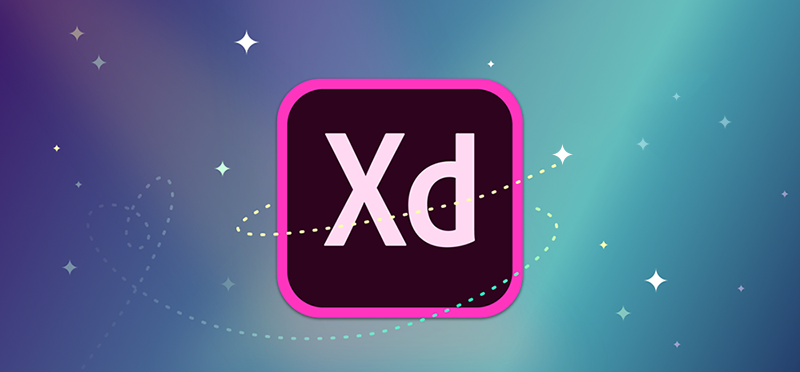
- #RESPONSIVE RESIZE ADOBE XD FULL SIZE#
- #RESPONSIVE RESIZE ADOBE XD UPDATE#
- #RESPONSIVE RESIZE ADOBE XD CODE#
- #RESPONSIVE RESIZE ADOBE XD SIMULATOR#
Color assets exported from Adobe XD as a Dart class red0, red1, red2) to output a color ramp as a list.

You can also give colors sequential names (ex. dart files with static properties corresponding to each named color or character style in XD’s Asset panel. You can also enable export for Colors and Character Styles. Resolution aware images exported from Adobe XD
#RESPONSIVE RESIZE ADOBE XD FULL SIZE#
By default this will export all images at the full size of the original asset, but if you enable “Resolution Aware Images” in the settings (displayed when nothing is selected), images will be exported at 1/2/3x sizes based on their largest displayed size in the document. You can export images for your project by either selecting an image in XD and hitting “ Export Image“, or selecting nothing and hitting “ Export All Images“. Hot Reload: Changes in Adobe XD (left) reflected in iOS app (right) Export assets.
#RESPONSIVE RESIZE ADOBE XD SIMULATOR#
If you set up Hot Reload (see below), you can even see the changes you make instantly in a simulator or on a real device.
#RESPONSIVE RESIZE ADOBE XD UPDATE#
On subsequent exports, it will just update the dart files without prompting for the project.
#RESPONSIVE RESIZE ADOBE XD CODE#
Parameters in Adobe XD & the resulting Flutter code Paired with the support for responsive layout, this lets you reuse widgets without having to edit the code XD exports. For example, setting the “text parameter” on a text field to “title” would let you change the title of the widget by passing a “title” parameter: new MyXDWidgetName(title: 'Hello'). By setting “parameter” names on elements in your design, you can even modify the content they display when you instantiate them. Just instantiate them like: new MyXDWidgetName(). These widget files are ready to use in your project. It’ll also warn you if it can’t find definitions in the pubspec.yaml for the fonts used in your export. Just like the previous workflow, it will display a message with any warnings or errors above the button in the panel. dart files to your project – one for each widget exported. Once you’ve selected your project, the plugin will write. Choose an existing project and the plugin will do a quick scan to ensure it is set up correctly – it’ll look for the project’s pubspec.yaml, and confirm that you have added the “adobe_xd” package to it ( click here for installation instructions). When you do this the first time, it will open a dialog prompting you to select your Flutter project. To use it, you can either hit the “ Export All Widgets” button in the panel, or select a single Component or Artboard and hit “ Export Widget“.

The second option takes a little more set up. You can then paste the code into your project anywhere you want. It will copy the Flutter code to your clipboard, and display a message above the button with any errors or warnings.

The first use approach is super simple: simply select something in your design you’d like to copy, then press the “ Copy Selected” button in the plugin panel. exporting assets (images, colors, fonts).exporting full components and views as reusable widget files.copying individual elements and pasting the code into an existing Flutter widget.In building the plugin, we identified three main use cases: It’s not perfect – there are a few features, like superscript or object blurs that don’t translate well to Flutter – but the plugin will show warnings for anything you export that might not work well. It even supports navigation and “back” interactions created in XD’s prototype view. It supports almost every type of content that XD currently exposes in its extension API (some newer features are not exposed yet): rich text, vector shapes, images, gradients, shadows, background blurs, grids, and responsive resize. That code can then be compiled to run as an app on any platform Flutter supports (ex. In short, it exports nicely formatted Flutter code from Adobe XD designs. If you’d prefer not to read, you can check out this Adobe Creative Cloud video on LinkedIn that features Will Larche from Google describing what Flutter is, and me talking about the XD to Flutter plugin. Now that the first production release is available, I thought I’d write up a short blog post that introduces the plugin, and helps you get started using it. While the prerelease versions were interesting, and occasionally handy for grabbing a style or shape, the addition of responsive layout support in 1.0 makes it a genuinely useful tool for creating beautifully designed widgets and even simple views. I’m very excited about the v1.0 release of the “XD to Flutter” plugin for Adobe XD.


 0 kommentar(er)
0 kommentar(er)
